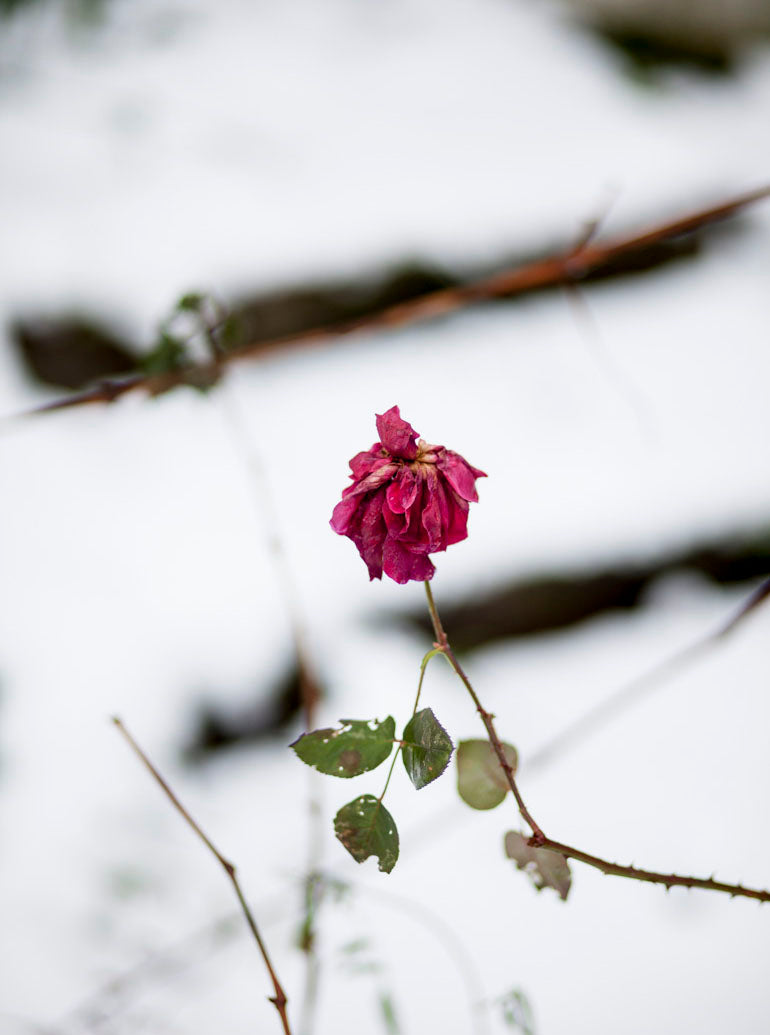The
Urban ForestGarden Series
-
Paul Debois has worked as a professional photographer for over 20 years. With an eye for the unusual, he concentrates on floral and landscape subjects. His work has appeared on a variety of platforms and in various titles.
"The Heygate Estate, near Elephant and Castle in London, was a large housing development designed in the late 1960s by architect Tim Tinker. Completed in 1974, it was largely a social housing project and was unusual in that the spacious surrounding grounds were planted up with somewhere in the region of 450 trees, many of which were already 20 years old when the area was landscaped.
In 2005, after a short life of only 30 years, Southwark Council decided they wanted to redevelop the area. It had become prime land and, in their eyes, the housing was beyond economic upgrade. They started to move the residents out. As the site emptied, leaving just boarded up houses and flats, people became aware of the remaining wooded areas. A movement to preserve was born.
The Elephant and Castle Urban Forest campaign was conceived in June 2011 by Guy Mannes-Abbott and Richard Reynolds. The area was mapped out, with names given to various parts of the gardens: ‘Walworth Woods’, ‘The Great Forest Walk’, ‘The Great Silver Maple’, 'The Peace Garden’. It now had an identity. The names were even used by Southwark Council during meetings about the site’s future. Another important move was to calculate a value for the trees. Estimated at £700,000 by Southwark Council, the campaigners used the Capital Asset Value for Amenity Trees (CAVAT) to make their own calculation. The figure they arrived at, which was supported by The Forestry Commission, was £15 million.
By 2014 it was agreed that parts of the forest would be preserved, being incorporated into the new luxury housing development of ‘Elephant Park’. Some trees will be removed as building work progresses, but it is promised that 283 new trees will be planted. A replacement for every one cut down.
The photographs were taken at the site between 2011 and 2014, when it was still being used by various groups and communities, and in particular, guerrilla gardeners, before demolition started."
-






















































